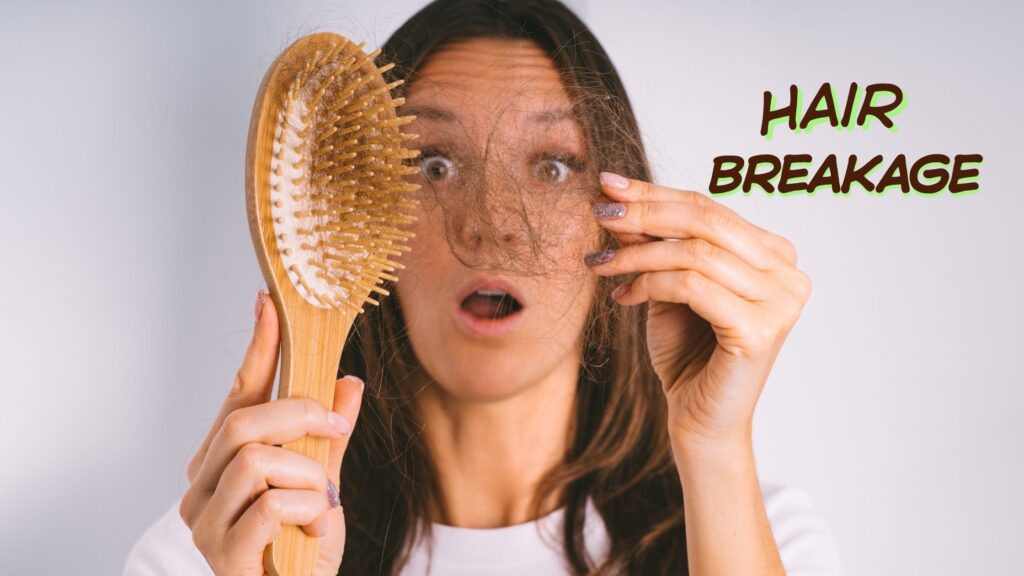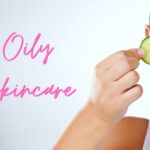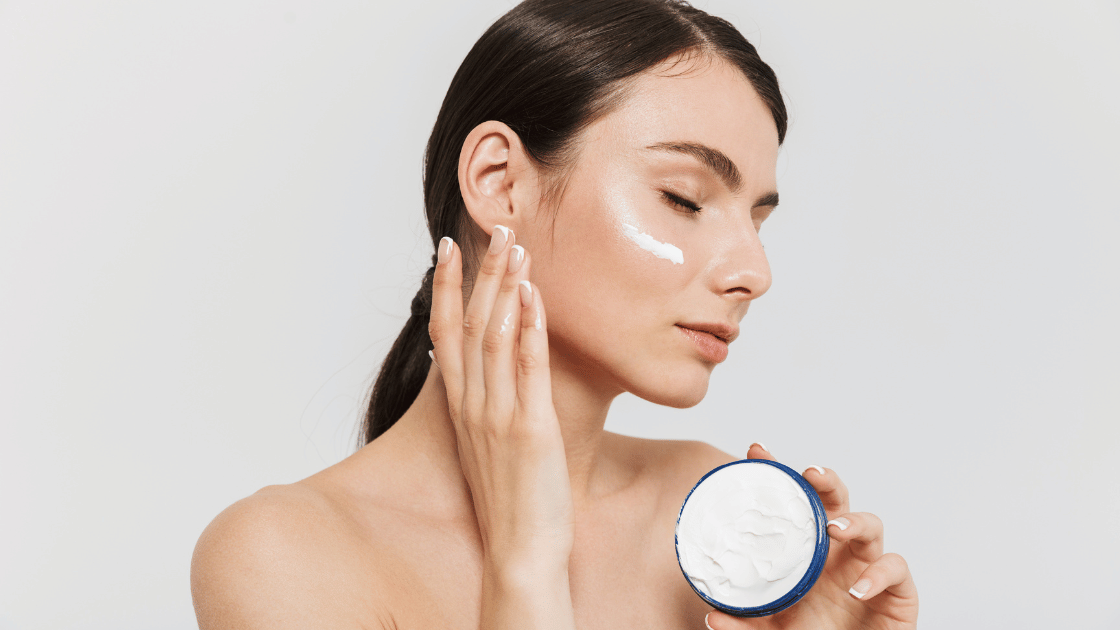Dry Skin Care Routine: Best Products and Tips for Hydration

Dry skin can be uncomfortable, itchy, and even painful. It often feels tight, looks dull, and can lead to flakiness or fine lines if left untreated. Whether it’s due to genetics, climate, or lifestyle choices, managing dry skin requires a consistent and effective skincare approach tailored to your skin’s specific needs.
A well-designed dry skin care routine not only alleviates discomfort but also improves skin texture, radiance, and resilience. Many people mistakenly believe dry skin is merely a cosmetic issue, but it can lead to complications like eczema, inflammation, and premature aging if neglected. The key lies in using products that hydrate, nourish, and repair the skin barrier along with habits that prevent moisture loss.
In this blog, you’ll discover the most effective practices for managing dry skin, from identifying common causes to choosing the right hydrating ingredients. We’ll also explore the difference between dry and dehydrated skin, offer tips for natural remedies, reveal the biggest mistakes people make when treating dryness, and share a dermatologist-approved night routine for lasting hydration. Whether your skin is naturally dry or affected by seasonal changes, this guide is your complete solution for soft, glowing skin.
1. Causes of Dry Skin on Face
Understanding why your skin is dry is the first step in creating a treatment plan. The causes of dry skin on face can vary depending on age, environment, and habits. Common causes include:
Environmental Factors
-
Cold, dry air in winter
-
Excessive sun exposure
-
Pollution and wind
Harsh Skincare Products
-
Sulfate-based cleansers that strip natural oils
-
Alcohol-based toners
-
Over-exfoliation
Lifestyle Habits
-
Hot showers
-
Low water intake
-
Poor nutrition
Medical Conditions
-
Eczema
-
Psoriasis
-
Hypothyroidism
If you experience persistent dryness, itchiness, or cracking, consult a dermatologist to rule out any underlying conditions.
2. Dry vs Dehydrated Skin: What’s the Difference?
People often confuse dry skin with dehydrated skin, but they are not the same.
| Feature | Dry Skin | Dehydrated Skin |
|---|---|---|
| Cause | Lack of oil (lipid deficiency) | Lack of water (hydration deficit) |
| Skin Type | Permanent skin type | Temporary skin condition |
| Common Symptoms | Flakiness, tightness, irritation | Dullness, fine lines, tightness |
| Treatment Focus | Replenish oils | Boost water content |
Knowing the distinction helps you choose the right products—those that restore moisture for dehydration and replenish oils for dryness.
3. Hydrating Skincare Ingredients for Dry Skin
Choosing products with scientifically proven ingredients is crucial for restoring hydration. Some of the best hydrating skincare ingredients for dry skin include:
Hyaluronic Acid
-
A humectant that holds 1000x its weight in water
-
Penetrates the skin to hydrate from within
Glycerin
-
Attracts water to the skin
-
Works well with other moisturizing agents
Ceramides
-
Lipid molecules that restore the skin barrier
-
Essential for retaining moisture and preventing TEWL (transepidermal water loss)
Squalane
-
Lightweight oil that mimics skin’s natural sebum
-
Non-comedogenic and ideal for sensitive dry skin
Shea Butter
-
Rich in fatty acids and vitamins
-
Provides deep nourishment and softens skin
Niacinamide
-
Reduces inflammation
-
Improves barrier function and locks in moisture
4. Morning Dry Skin Care Routine (Step-by-Step)
Here’s a complete AM routine tailored for dry skin:
Gentle Hydrating Cleanser
-
Use a creamy, sulfate-free cleanser
-
Avoid foaming formulas
Hydrating Toner or Mist
-
Look for toners with glycerin, aloe vera, or rose water
-
Avoid alcohol-based formulas
Moisturizing Serum
-
Choose serums with hyaluronic acid or peptides
Rich Moisturizer
-
Opt for products with ceramides, shea butter, or colloidal oatmeal
Sunscreen (SPF 30+)
-
Use broad-spectrum, hydrating sunscreens (avoid drying alcohols)
5. Night Skincare Routine for Dry Skin
An effective night skincare routine for dry skin allows your skin to repair and recover overnight.
Double Cleanse (Optional)
-
Use a balm or oil cleanser followed by a gentle hydrating cleanser
Hydrating Toner or Essence
-
Prepares skin to absorb treatments more effectively
Repairing Serum
-
Use serums containing peptides, niacinamide, or panthenol
Night Cream or Sleep Mask
-
Choose one with occlusive agents like petrolatum, lanolin, or rich oils
Optional: Facial Oil
-
Apply squalane, marula, or jojoba oil on top to lock in moisture
6. How to Treat Dry Skin Naturally
If you prefer natural methods, here’s how to treat dry skin naturally with ingredients commonly found at home:
Aloe Vera
-
Soothes and hydrates
-
Rich in vitamins A, C, and E
Honey
-
Natural humectant and antimicrobial
-
Apply a thin layer as a 10-minute mask
Coconut Oil
-
Occlusive that seals moisture
-
Ideal for dry patches or post-shower use
Oatmeal Baths
-
Relieves dryness and itching
-
Add ground oats to warm bathwater for 15–20 minutes
Avocado
-
Contains healthy fats and antioxidants
-
Mash and apply as a hydrating mask for 10–15 minutes
7. Dry Skin Care Mistakes to Avoid
Many people worsen their dryness by following habits that strip the skin’s moisture barrier. Here are the most common dry skin care mistakes to avoid:
Using Hot Water
-
Hot showers or washing your face with hot water strips away natural oils
Over-Exfoliating
-
Frequent exfoliation causes irritation and barrier damage
-
Limit to 1–2 times a week using gentle exfoliants
Skipping Moisturizer
-
Moisturizing within 60 seconds after cleansing helps seal hydration
Using Alcohol-Based Products
-
Found in some toners and acne treatments, they severely dry out the skin
Not Using Sunscreen
-
UV rays damage skin even in winter, worsening dryness and aging
8. Best Products for Dry Skin
Here are dermatologist-recommended product categories and examples:
Cleanser
-
CeraVe Hydrating Cleanser
-
La Roche-Posay Toleriane Hydrating Gentle Cleanser
Toner
-
Klairs Supple Preparation Toner
-
Paula’s Choice Enriched Calming Toner
Serum
-
The Ordinary Hyaluronic Acid 2% + B5
-
Vichy Mineral 89 Serum
Moisturizer
-
Cetaphil Rich Hydrating Cream
-
Neutrogena Hydro Boost Gel-Cream
Sunscreen
-
EltaMD UV Daily SPF 40
-
Aveeno Protect + Hydrate Moisturizing Sunscreen SPF 50
When choosing products, always patch test new items and read ingredient lists to avoid allergens or irritants.
9. Seasonal Adjustments for Dry Skin Care
Your routine should adapt to seasonal changes:
-
Increase use of occlusive agents like petroleum jelly
-
Use humidifiers indoors
-
Use lightweight moisturizers with humectants
-
Avoid gels with alcohol or strong astringents
10. Hydration from Within: Diet and Lifestyle
Skin hydration isn’t just topical—your internal habits matter too.
Drink Enough Water
-
Aim for 8–10 glasses daily
Eat Healthy Fats
-
Avocados, nuts, seeds, and fatty fish improve skin elasticity
Supplement Wisely
-
Omega-3s, vitamin E, and biotin may help hydrate skin
Conclusion
A successful z combines the right products, lifestyle changes, and gentle habits that restore hydration and prevent moisture loss. Whether you’re battling dry patches, flakiness, or sensitivity, the key is consistency, ingredient awareness, and avoiding common pitfalls. Start by addressing root causes, incorporate hydrating serums and creams, and don’t forget internal hydration and seasonal adjustments.
By following the steps outlined in this guide from selecting the best skincare ingredients to avoiding harmful mistakes—you’ll not only treat dryness but also achieve a radiant, smooth, and resilient complexion.








